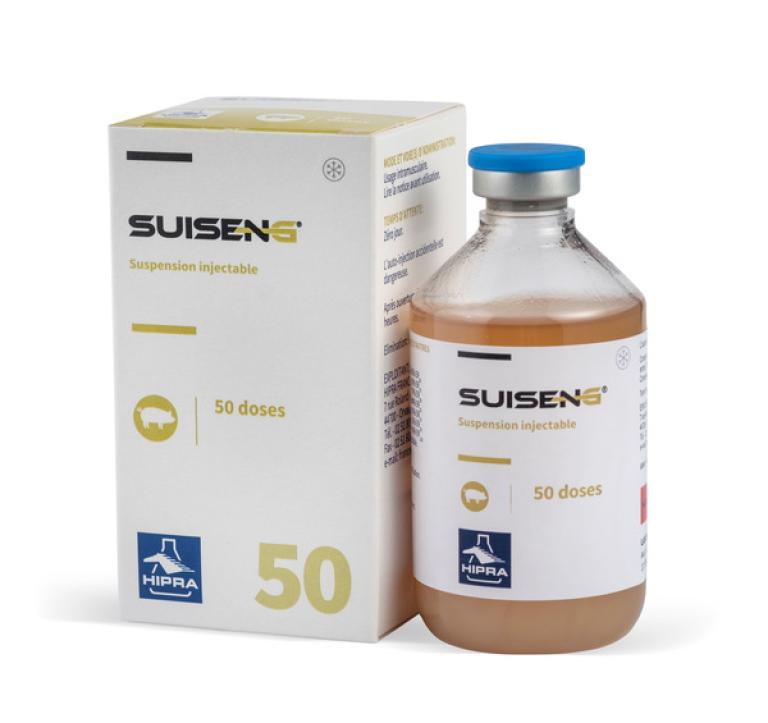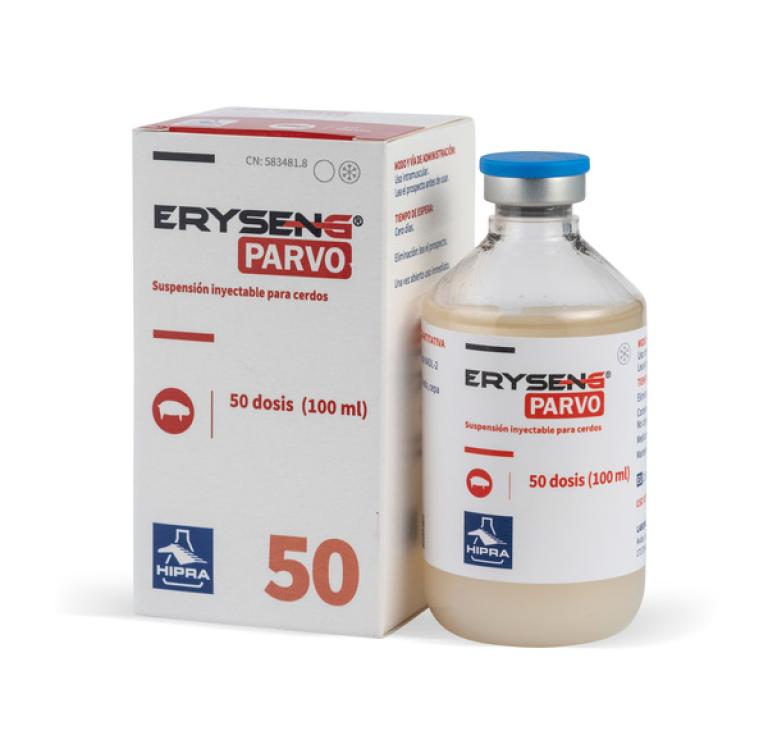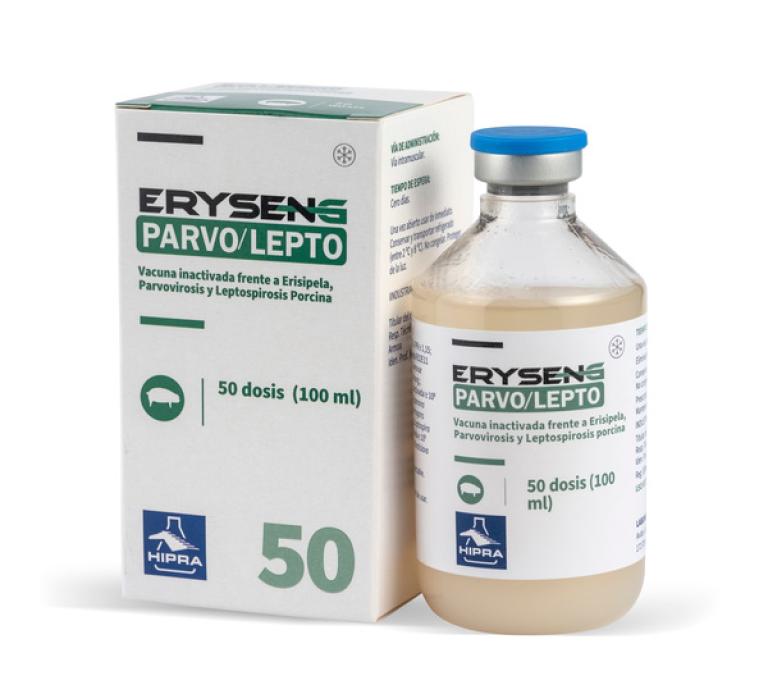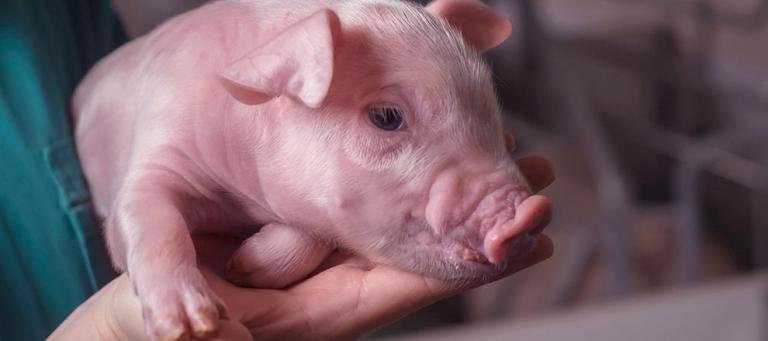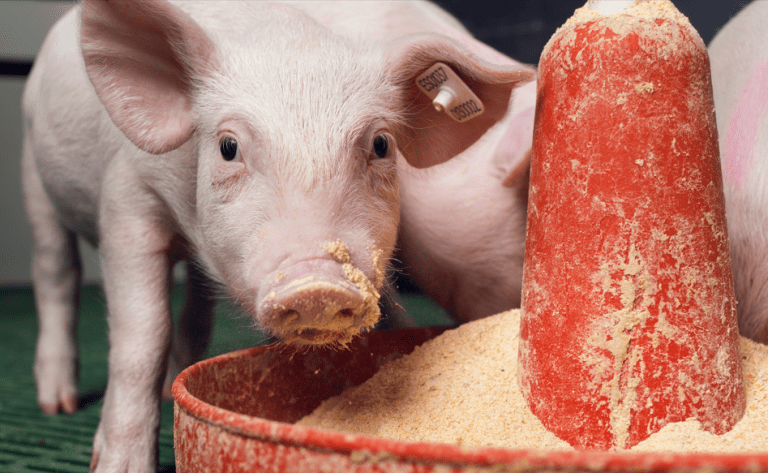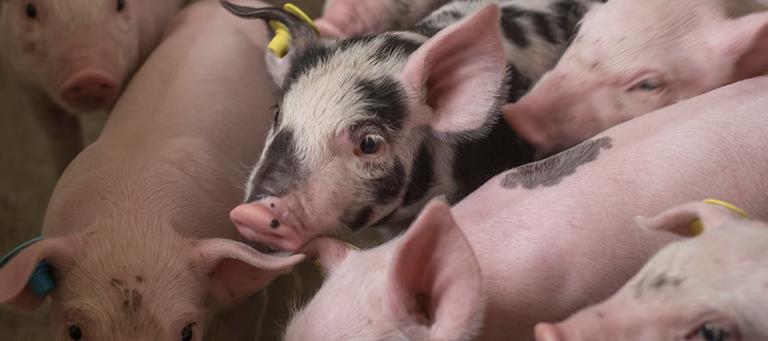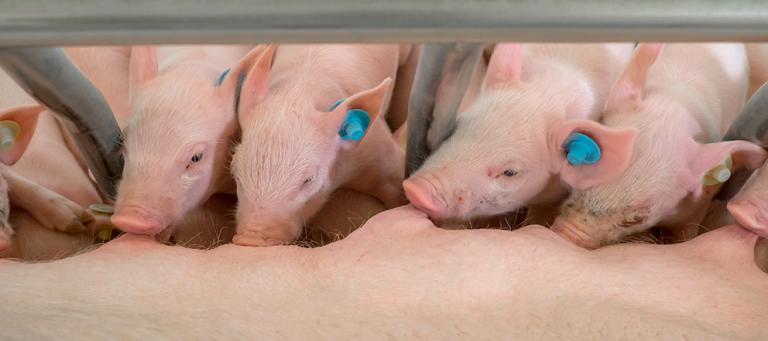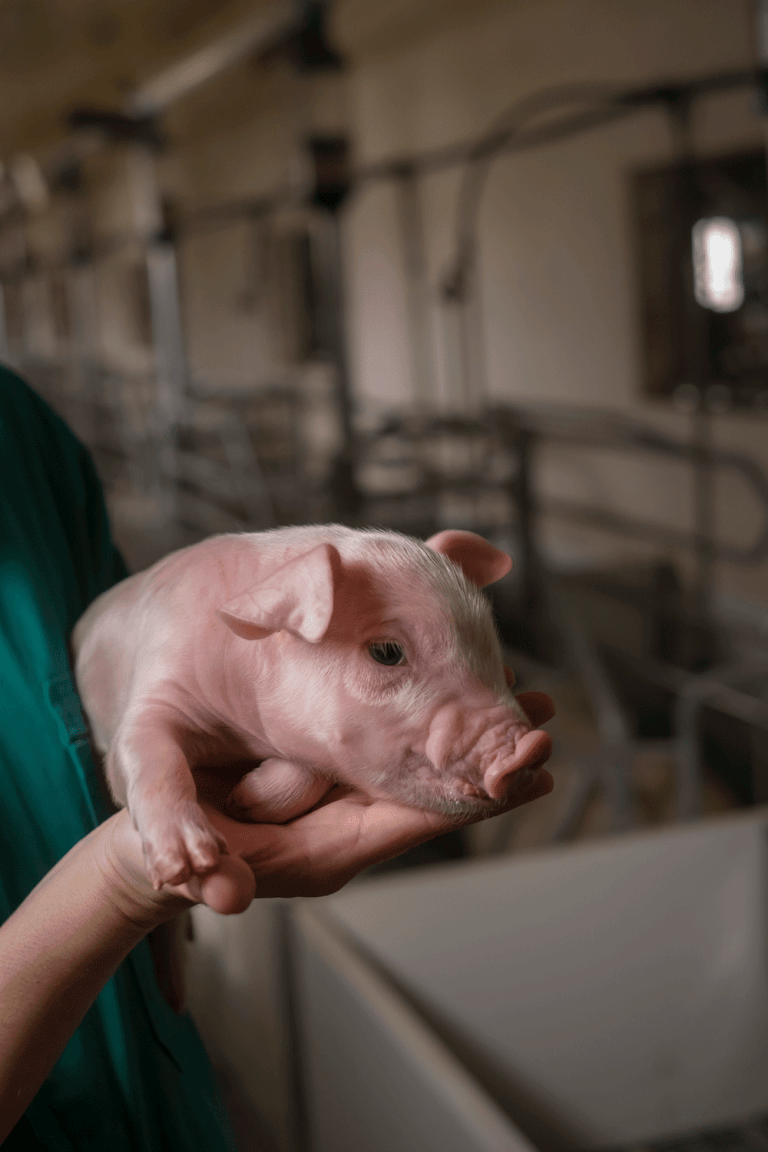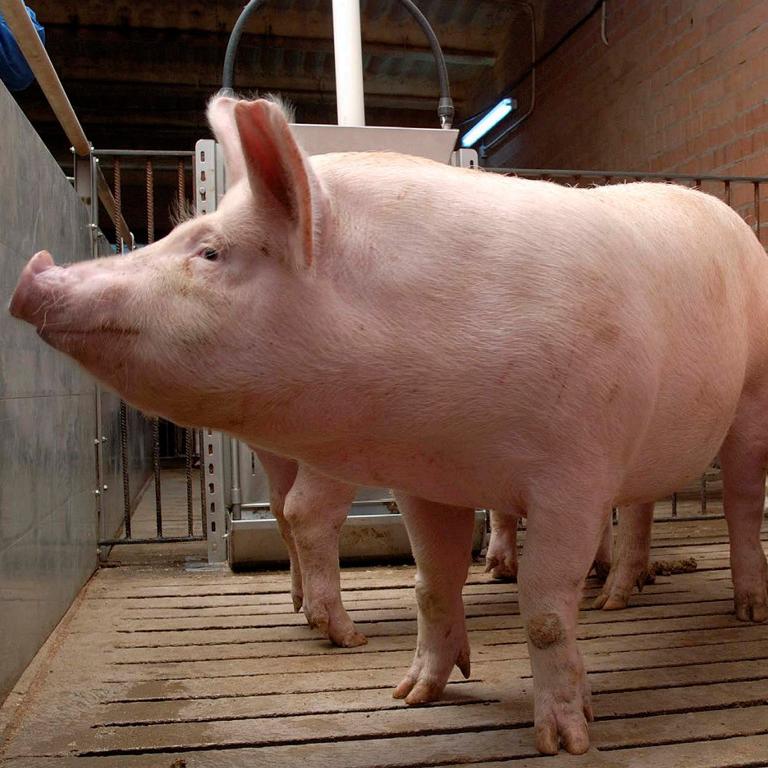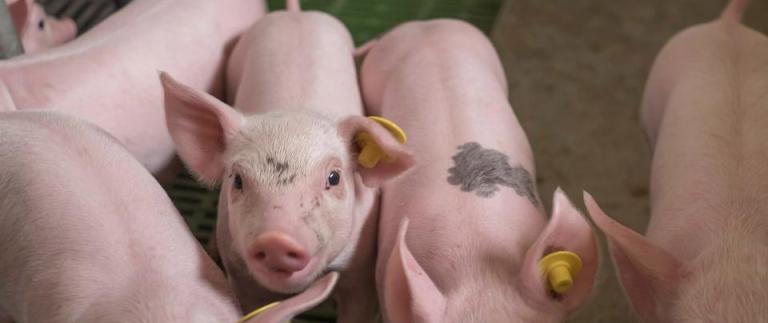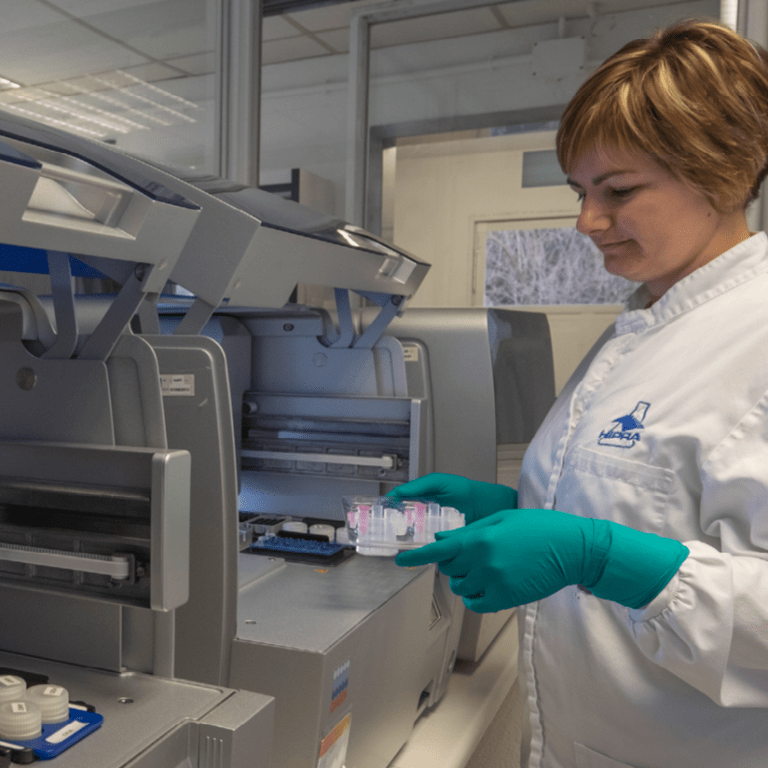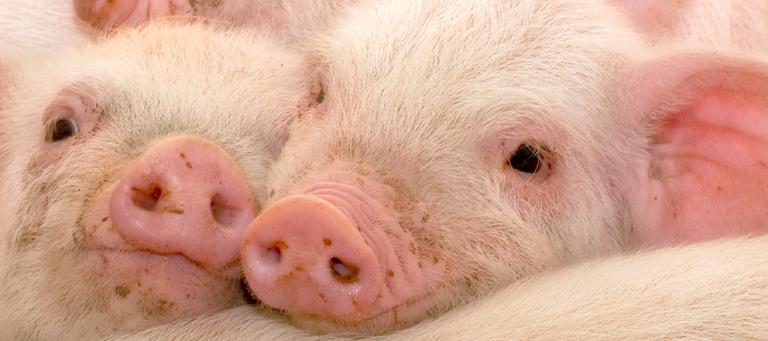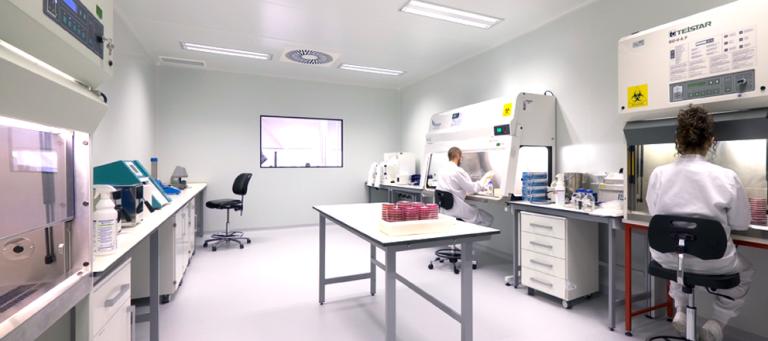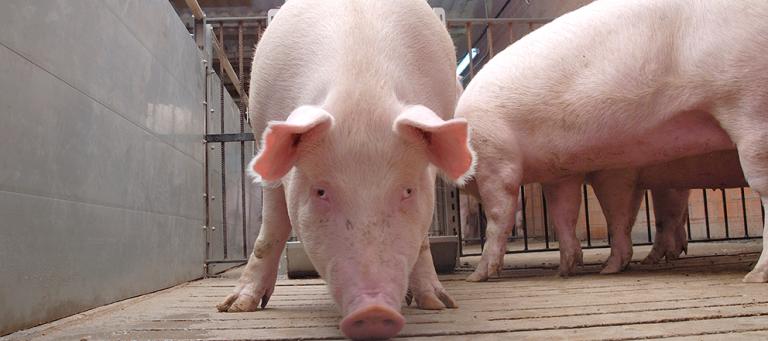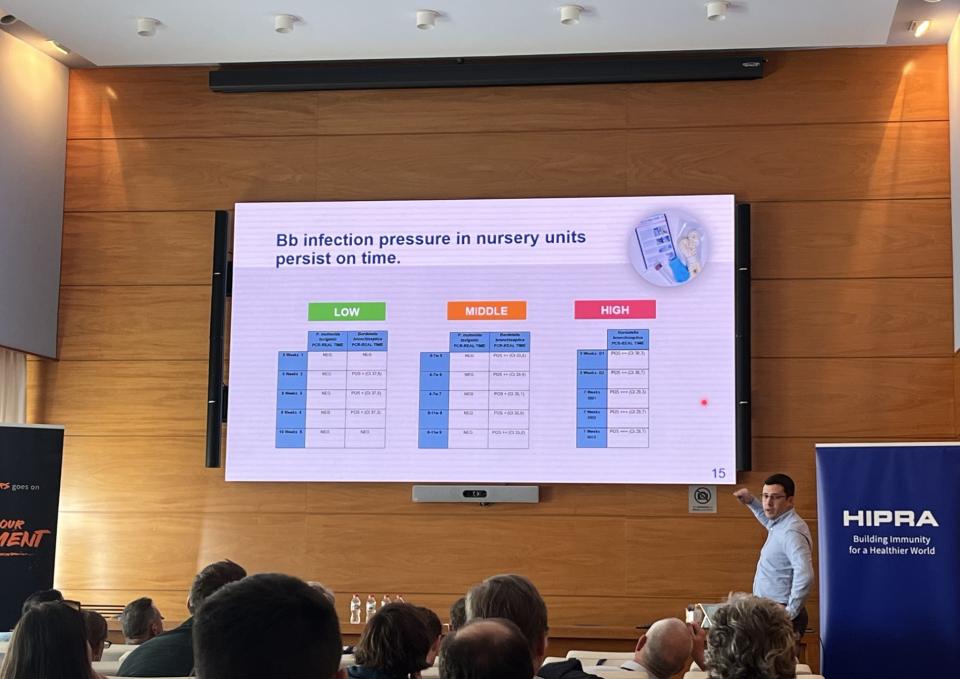AETIOLOGY:
Clostridioides difficile‐associated disease (CDAD)
TRANSMISSION:
The primary source of infection for newborn pigs is spores shed in sow feces or in the contaminated local environment. The route of infection is mostly oral, but spores have also been found in air samples in swine farms, suggesting that inhalation is possible.
CLINICAL SIGNS:
Piglets 1–7 days of age usually present with a history of early‐onset scours and rarely with respiratory distress, mild abdominal distension, scrotal edema, or sudden death.
LESIONS:
Gross lesions are nonspecific. Common lesions include a flaccid cecum and colon filled with fluid or pasty yellow to brown contents and edema of the mesocolon. The mucosa of the cecum and colon may be unremarkable or have multifocal‐to‐coalescing erosions or ulcers with attached fibrinonecrotic exudate. Less commonly, systemic lesions may include ascites, hydropericardium, hydrothorax and scrotal edema.
DIAGNOSIS:
A presumptive diagnosis of CDAD in pigs can be established based on a compatible clinical history, clinical signs, and gross and microscopic findings. However, a definitive diagnosis of C. difficile infection must be based on detection of TcdA in feces or colonic contents.
TREATMENT, PREVENTION AND CONTROL:
Prevention is best achieved by vaccination of sows with TcdA at end‐gestation.




